Honey is indeed a super food and a great alternative to processed sugar but chances are you're buying honey that's at best processed and filtered and at worst not honey at all. And for some reason, there is a perception that honey that crystallizes has "gone bad" or that it is a sign of contamination. It's actually a sign of high quality honey. Here's a breakdown of how to know if you're buying super-rich-in-nutrient honey.
Why Does Honey Crystallize
Among other nutrients bees collect from the plethora of vegetation, Honey is made of mostly sugar and water which can easily succumb to separation resulting in the formation of crystals. Honey is a super-saturated solution of two sugars: glucose and fructose. Since it's super-saturated, it's a natural chemical process that some of the sugars eventually come out of solution. Honey will even crystallize when it's still in the comb. According to sources from Martha Stewart:
"Crystallization is the natural process by which the glucose in honey precipitates out of the liquid honey. Different varieties of honey will crystallize at different rates, and a few not at all," says Nick Hoefly, beekeeper at Astor Apiaries in New York City.
Three things make honey more likely to crystallize:
- Temperature (Honey will crystallize in the hive if the temperature goes below 50ºF, and honey will crystallize in your containers if you have a cold cupboard cabinet. Finding a warmer spot to store your honey will slow crystallization.)
- The ratio of glucose and fructose in the honey (Depending on the plants that bees are feeding on, the glucose from those plants will cause crystalization.)
- Pollen (Honey with pollen and beeswax in it is great honey, but crystallization happens faster when there are small particles available to build on. Fresh, raw honey has a lot of those in the form of pollen grains and beeswax particles.)
Raw Honey vs. Processed Honey vs. Ethical Honey
Raw honey, processed honey, and ethical honey are three different types of honey products that vary in terms of how they are produced and processed. Here's a breakdown of each:
-
Raw Honey:
- Raw honey is honey that is extracted from the beehive and then strained or filtered to remove large particles, such as beeswax and dead bees, but it is not heated or pasteurized.
- It is minimally processed and retains most of its natural enzymes, vitamins, minerals, and antioxidants.
- Raw honey often has a thicker consistency and can crystallize over time, which is a natural process and does not affect its quality.
- It may also contain pollen and small bee-related particles, which can have potential health benefits, although some people may be allergic to bee pollen.
- Raw honey is typically favored by those seeking honey in its most natural and unaltered state.
-
Processed Honey:
- Processed honey refers to honey that has undergone various levels of processing, including pasteurization and filtration.
- It is heated to high temperatures to destroy any yeast cells and to improve shelf life, resulting in a clear and liquid honey that doesn't crystallize as quickly as raw honey.
- Filtration may involve further removal of impurities and pollen, which can result in a more translucent appearance.
- Processed honey is the most common type of honey found in most supermarkets.
-
- Ethical honey refers to honey that is produced following ethical and sustainable practices, often with a focus on environmental and social responsibility.
- Ethical beekeeping practices include providing bees with ample forage, avoiding the use of harmful pesticides, and ensuring the well-being of the bee colonies.
- It may also involve fair trade practices, ensuring that beekeepers receive a fair price for their honey and work in safe conditions.
- Ethical honey is often associated with supporting local beekeepers and protecting the health of bee populations, which are crucial for pollinating many crops.
When choosing honey, it's essential to consider your preferences and values. Raw honey is prized for its health benefits, while processed honey is more readily available, cheaper and has a longer shelf life. Ethical honey, on the other hand, takes into account sustainability and ethical beekeeping practices, which can be an as well as the biodiversity of the environment for bees (which results in a richer and more nutrient rich honey).
The Bottom Line: The problem with pollen-less, filtered and processed honey is you don’t know where it came from, or what kind of plants the bees were feeding on. Filtering has a shady side effect: it makes it easier for honey to be processed and shipped longer distances (like from China) and means that many different kinds of honey can be blended together undetectably. When you buy 'grocery store' honey, you're supporting the degradation of honeybees.
More on The Upside of Crystallization
So cherish your crystallized and ethical honey. It is a sign that you’re enjoying natural and 100 percent pure honey and supporting the survival of honeybees. Go ahead and eat it in its crystallized form—spread it on your toast or drop it in your tea.
'How-to' for De-Crystallization
If your honey crystallizes, using a gentle heating option is the best and safest way to maintain the quality of honey, raw or otherwise. Here are a couple of more detailed options:
- Use Warm Water and Stir: The simplest method calls for warm water and a bowl. Simply add your jar of honey to the bowl, then fill it with warm water from the tap until it reaches about half the height of the jar. Carefully open the jar and stir the honey with a spoon until it reaches your desired consistency. This can take about 45 minutes, depending on the degree of crystallization. The key is to take your time and stir slowly to avoid accidentally getting water in the jar. This method will produce the smoothest and most consistent texture.
- Use Almost-Boiling Water: A quicker method is to place the honey container, with the cap open, into near-boiling water that has been removed from the heat, says Hoefly. Whatever the method used, be careful not to boil or scorch the honey.
After the honey has de-crystallized, its texture should be just like its original consistency. From there, you can use the sweetener as your normally would in your favorite sweet and savory honey recipes.
De-Crystallization: A “Honey-Don’t” List
Don’t microwave raw honey.
Microwave ovens cook food unevenly. You can’t control the temperature at all and are likely to scorch or boil at least some of your raw honey in a microwave.
Don’t boil raw honey.
You may be tempted to immerse your entire honey jar in boiling water, but that will destroy beneficial enzymes and other properties found only in raw honey.
Don’t heat honey in a plastic bottle.
Don’t take the risk that you’ll melt plastic into your honey. It is best to store honey in a glass container like a mason jar.
Don’t liquefy honey over and over again.
De-crystallize only what you need at one time. The flavor and aroma of the honey will fade with repeated cycles of heating and cooling (and liquefying and crystallizing).
What Happens When You Overheat Raw Honey
Whether you buy raw local honey for the benefits of the pollen or if you are a gourmand with a taste for the world’s most delicious raw honey, you have excellent reasons to take extra care when de-crystallizing your honey.
Pollen, propolis, antioxidants, and enzymes found in raw honey are destroyed at temperatures above 110°F. Heating honey higher than 140°F degrades the quality of the honey and temperatures above 160°F caramelize the sugars. Once caramelized, what you have in your honey jar may be sweet, but it isn’t really honey anymore.
The boiling point of water is 212°F. If you really want to preserve your raw honey while de-crystallizing it, you can’t just drop the jar in boiling water. Most residential hot water heaters are set to 140°F, so even tap water will need to be monitored closely with a thermometer if you are using it to de-crystallize honey.
How to Keep Honey from Crystallizing
The best way to keep honey from crystallizing is to store it at room temperature. The most ideal storage place is in a dark cupboard away from direct sunlight. Honey stored in sealed containers can remain stable for decades. Avoid stashing it in the refrigerator, as cooler temperatures will make honey crystallize faster. Finally, make peace with the fact that nearly all honey will eventually crystallize, as it's a natural side effect of its chemical makeup. To avoid it altogether, enjoy the honey within a few months of buying it.

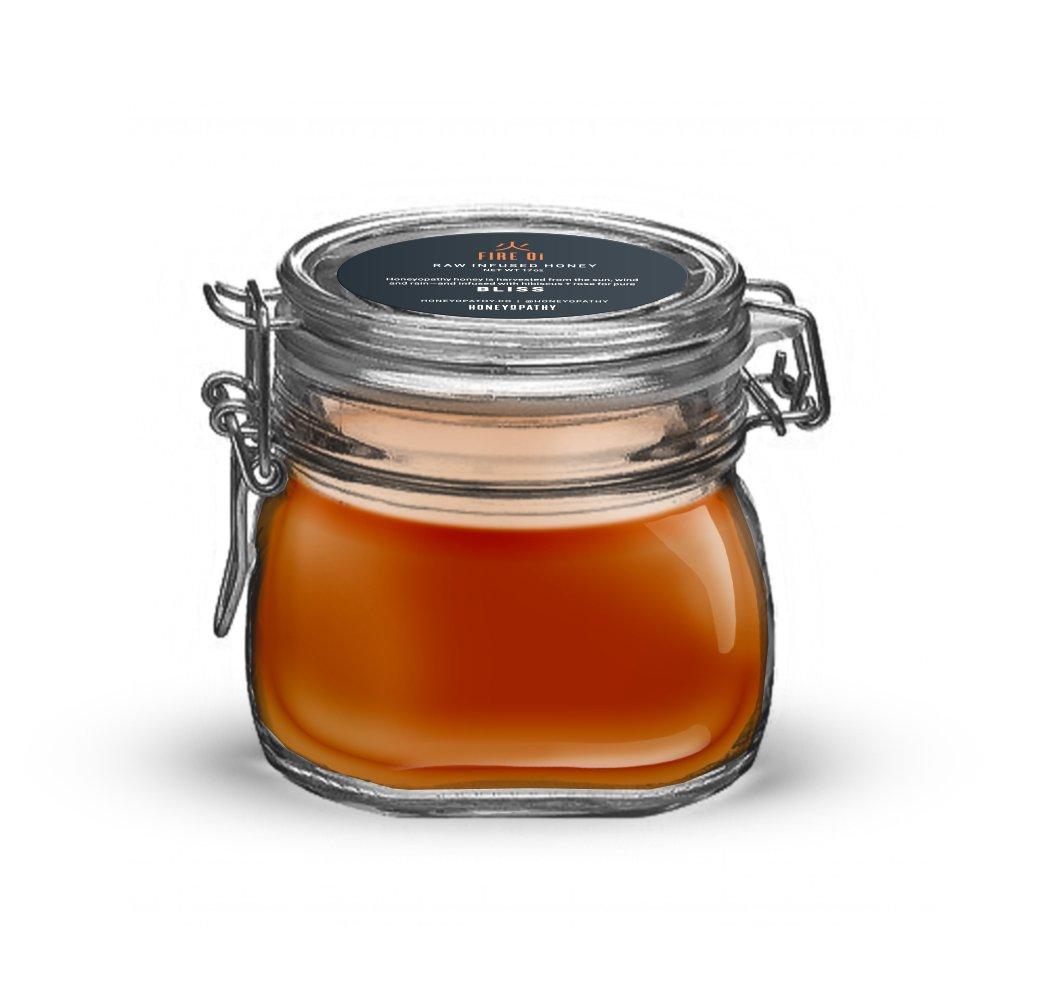


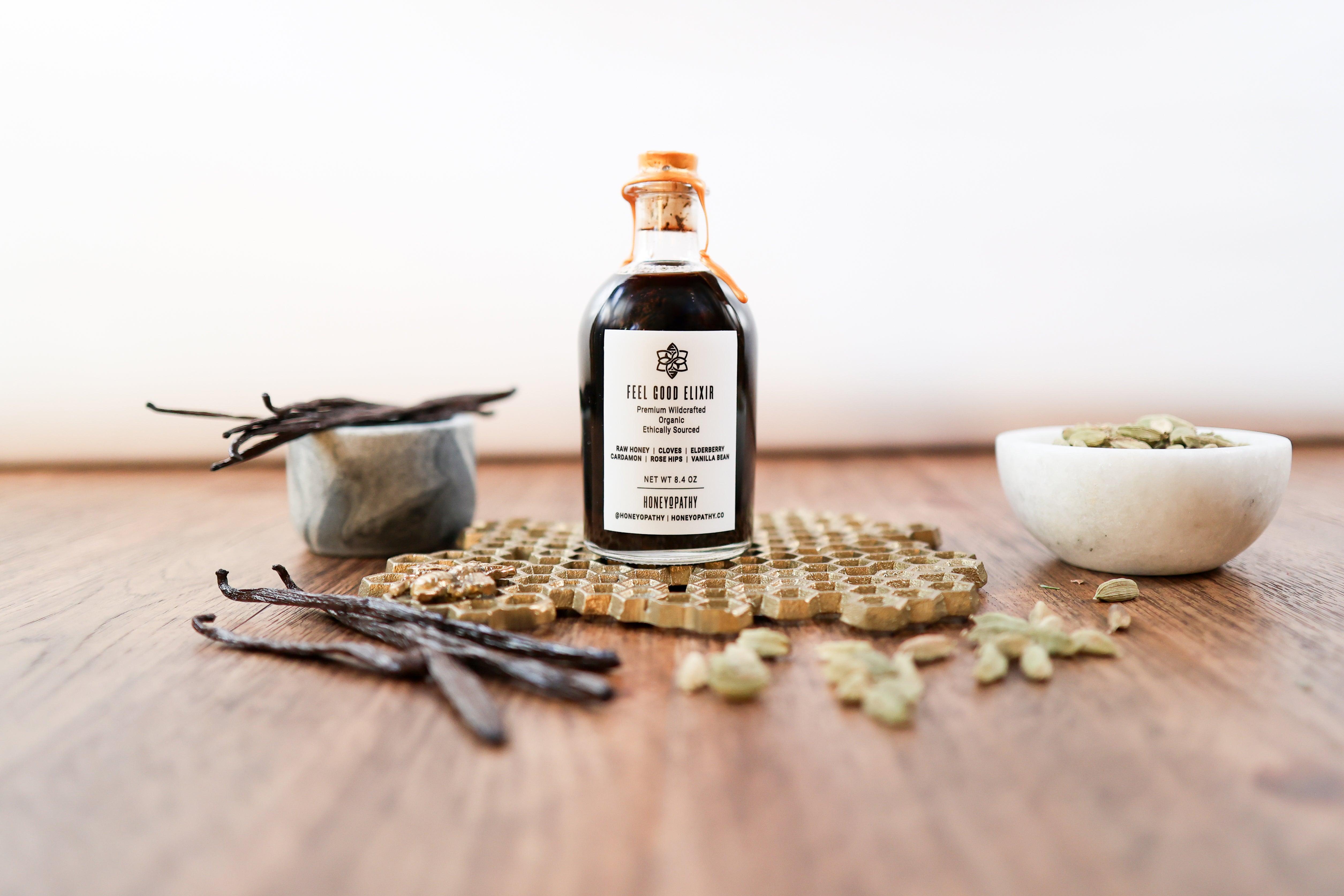
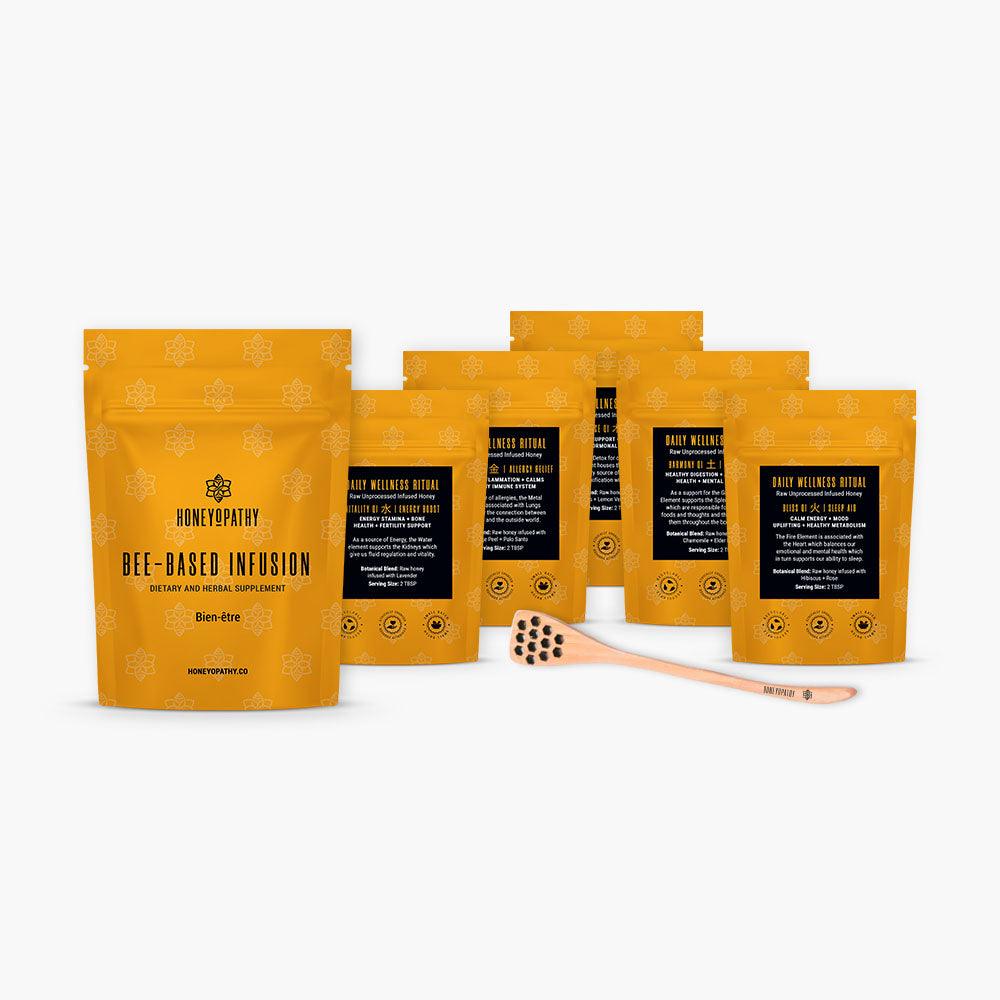
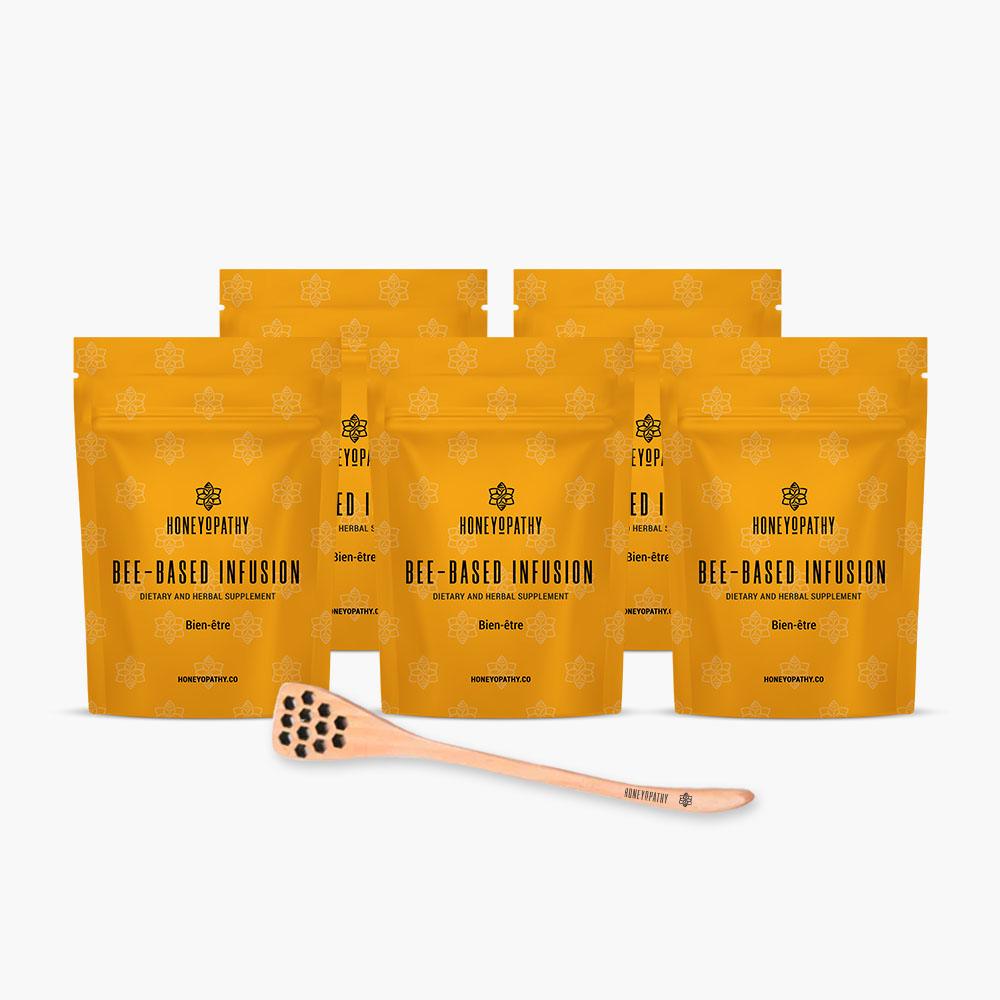

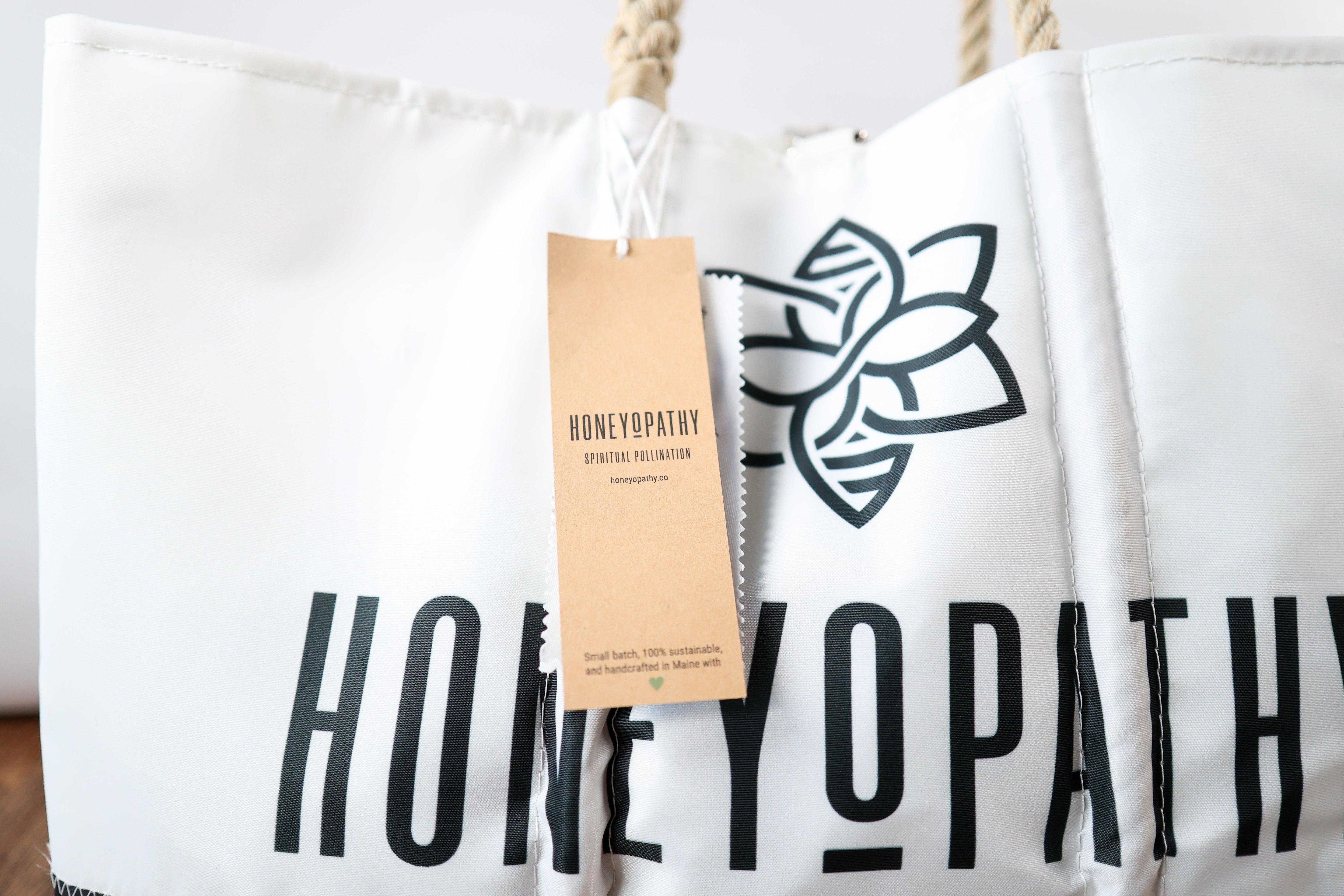


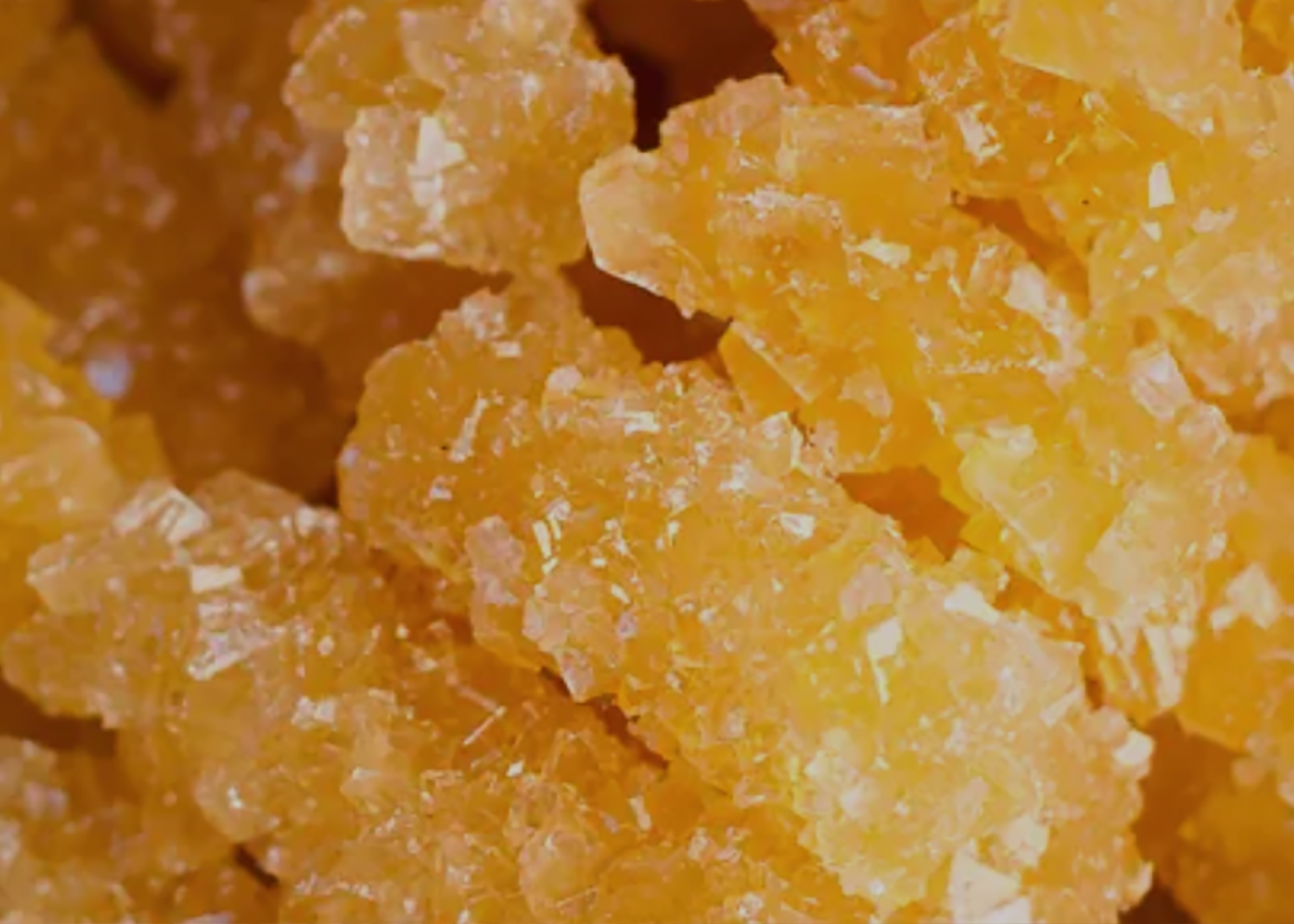

Leave a comment